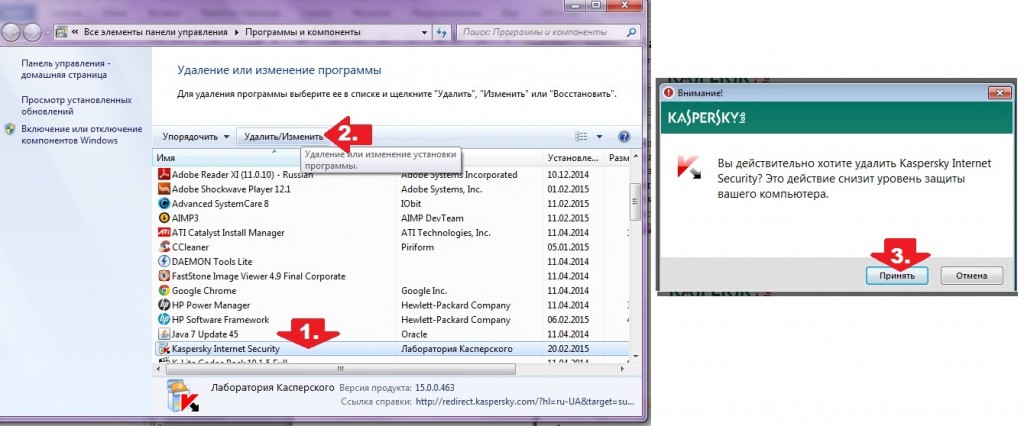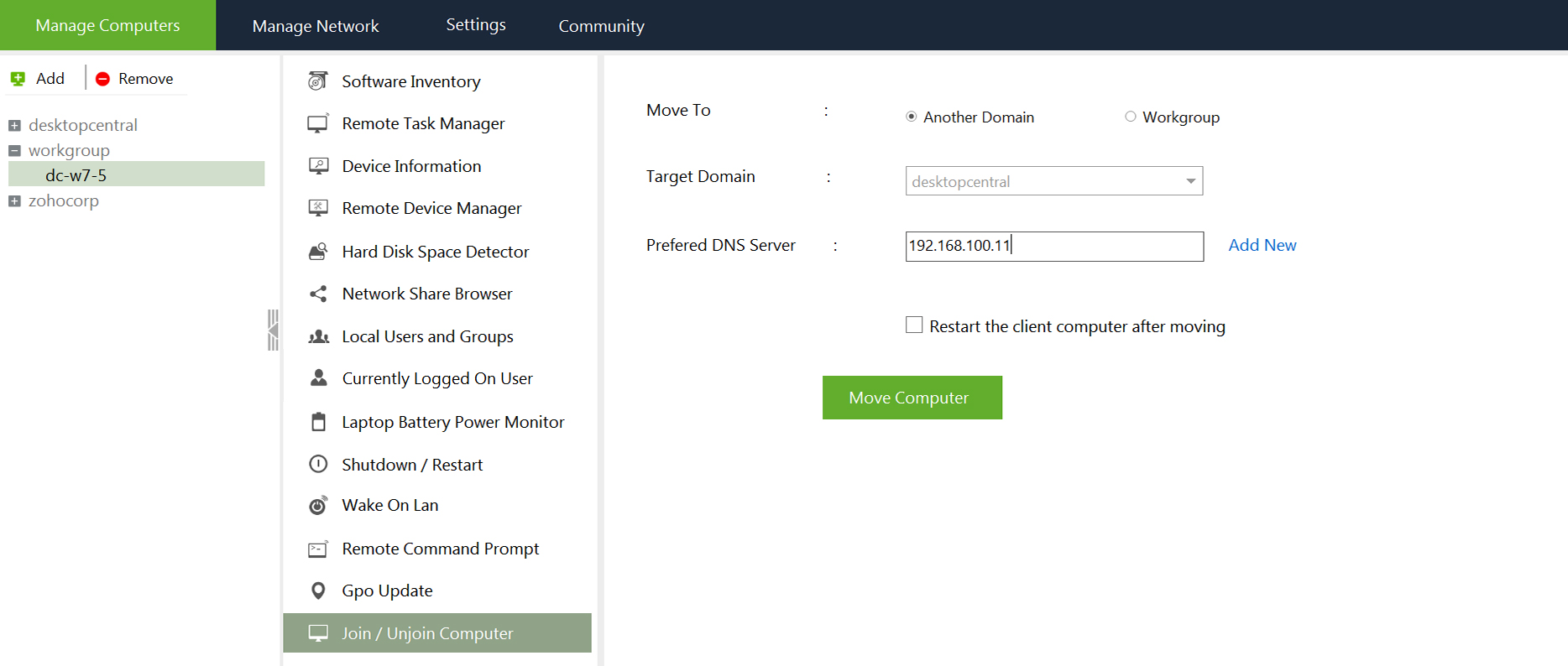Kavremover Command Line Switches 2010
Oct 22, 2020 Download and run the kavremover tool in safe mode. Restart the device and retry installing the application. Restart the device and retry installing the application. If Kaspersky Endpoint Security for Windows is damaged and you want to restore it, in the command line run the restore command according to the version of the program.
You can use command-line parameters to change CCleaner's installation behavior, or to change how CCleaner runs.
Command-line parameters for CCleaner installs
There are three parameters you can use when installing CCleaner, as follows. You can use them in batch files to automate CCleaner installations.


| Parameter | Explanation | Example |
| ccsetup.exe /S | This performs a silent install of CCleaner with default options. | ccsetup.exe /S |
| ccsetup.exe /D=<pathname> | This installs CCleaner into a different folder than the default. | ccsetup.exe /D=C:Directory (In this example, CCleaner would be installed in the C:Directory folder.) |
| ccsetup.exe /L=<locale> | This installs CCleaner with a language file identified by the locale ID. For a list of locale IDs, see http://support.microsoft.com/kb/221435. For a list of CCleaner's supported languages, see this topic. | ccsetup.exe /L=1036 (In this example, CCleaner would be installed in French.) |
Note: You can use multiple parameters by including them on the same line. For example,
would install CCleaner silently in German to the C:CCleaner folder.
This table lists the command line switches you can use for custom command line startup of the program. /b Script name Designates a script to run after you start the program (b stands for batch process). If the script file is in the Start In folder, a full path to the script file is required unless this security measure is suppressed either by including the /six command line switch, or setting. List of Chromium Command Line Switches. There are lots of command lines which can be used with the Google Chrome browser. Some change behavior of features, others are for debugging or experimenting. This page lists the available switches including their conditions and descriptions. Last automated update occurred on 2020-08-12. A command line switch is an argument that modifies the command it comes after. For example, on a linux machine, the command. Ls will list the contents of the current directory. Modifying this with a command-line switch like so: ls -l will cause ls to list the directory contents in long format. So, ls is the command and -l is the switch.
Command-line parameters for CCleaner operation
There are three parameters you can use when running CCleaner, as follows. You can use them in batch files, scripting, shortcuts, or the Task Scheduler to automate CCleaner operation. For example, you could set CCleaner to run automatically every day at 3:00am.
| Parameter | Explanation |
| CCleaner.exe /AUTO | CCleaner runs silently and automatically, using the current set of saved options to clean the PC. CCleaner then exits. |
| CCleaner.exe /AUTO /SHUTDOWN | CCleaner runs silently and automatically, using the current set of saved options to clean the PC. Windows then shuts down automatically.. Note: You cannot run /SHUTDOWN by itself. It must be preceded by /AUTO. |
| CCleaner.exe /EXPORT | CCleaner exports the cleaning rules to the INI files. Three INI files will be created in the CCleaner's installation folder - winapp.ini, winreg.ini and winsys.ini. They contain cleaning rules for the Application section, Registry Cleaner and the Windows section respectively. |
| CCleaner.exe /DELETE 'path_to_file(s)' /METHOD '0-3' | CCleaner silently performs secure deletion for folders/files specified. You can specify multiple files/folders separating them with the '|' character. Example: CCleaner.exe /delete 'D:TempSDelete*.*|D:TempSDelete*.log|D:TempSDelete*.txt|D:TempSDeletetest.bmp' The Method parameter defines the secure deletion type: 0 - 1 Pass Note: You cannot use /METHOD by itself. It must be preceded by /DELETE. |
Note: When you run CCleaner.exe using the /AUTO parameter, CCleaner does not run the Registry cleaner. You cannot currently run the Registry cleaner through a command-line parameter

Command-line parameters for CCleaner operation pane focus
CCleaner has four 'panes': Cleaner, Registry, Tools, and Options. When the program is open, you can access each pane by clicking the associated icon/button at left.
If you are launching CCleaner from a command line, you can now have it open on a particular pane by specifying one of the following command-line switches:
- /CLEANER
- /REGISTRY
- /TOOLS
- /OPTIONS
If CCleaner is already open, it will display the appropriate pane. If you have more than one instance of CCleaner running, the command-line switch will only affect the topmost (if open) or left-most (if minimized) instance.
Note: CCleaner will only recognize the first pane-related command-line switch.

Command-line parameters for CCleaner Business and Technician Edition
CCleaner Business Edition and Technician Edition allow the user to perform several additional command line operations. You can use them in batch files, scripting, shortcuts, or the Task Scheduler to automate CCleaner operation.
| Parameter | Explanation | Example |
| analyze ['log_filename.txt'] | Analyses using the rules defined in ccleaner.ini and puts the results in log_filename.txt | ccleaner.exe /analyze 'log.txt' |
| clean ['log_filename.txt'] | Cleans using the rules defined in ccleaner.ini and puts the results in log_filename.txt | ccleaner.exe /clean 'log.txt' |
| update | Performs an immediate silent update. | ccleaner.exe /update |
Windows Command Line Switches
Note: If you are using a 64 bit system, simply substitute ccleaner.exe with ccleaner64.exe for the above commands.

